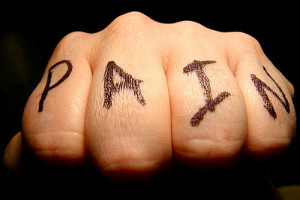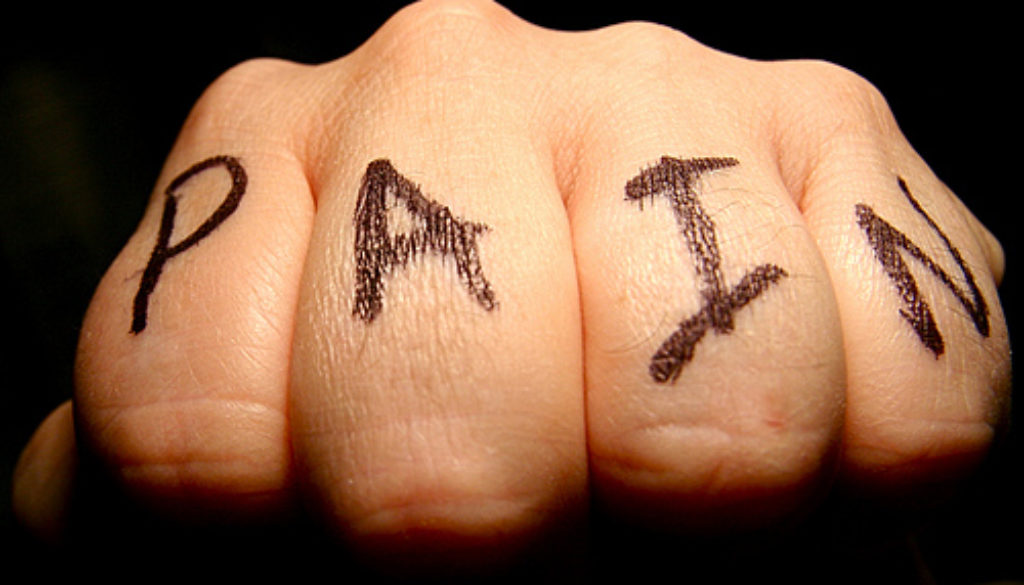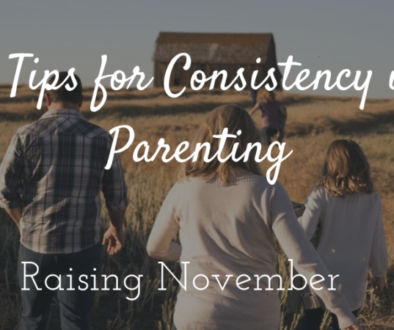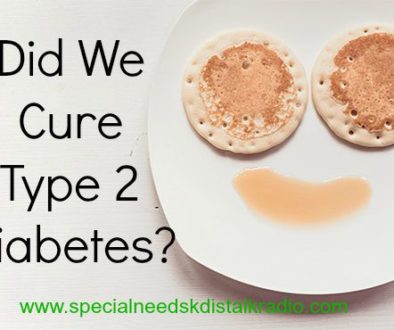Living with chronic pain
My struggle with chronic pain
I grew up in a house where my mom had chronic migraines. Her dad had them too. They rendered her useless for days at a time. Sometimes it wasn’t as bad as others which meant she came out of her room and maybe saw me off to school or cooked dinner, but she didn’t get dressed or leave the house. Forty years later, she’s still the same though she’s dealt with the anxiety and depression that may have made them feel worse.
 About 10 years ago, I was hit by a drunk driver which seemed to activate my arthritis and I was diagnosed with fibromyalgia also. Now, I don’t notice the fibromyalgia so much, but I am very (uncomfortably) aware of the joint deterioration.
About 10 years ago, I was hit by a drunk driver which seemed to activate my arthritis and I was diagnosed with fibromyalgia also. Now, I don’t notice the fibromyalgia so much, but I am very (uncomfortably) aware of the joint deterioration.
Days like today when the weather is cold and wet – snowy, icy, sleety – I just want to cry. The pain isn’t sharp or shooting. It’s a dull ache like a muscle that needs to be stretched. But when I try to stretch, it’s dry and creaky – I move like a person twice my age. In fact, after the accident the doctors told me that my joints were the same as someone 60 years old, but I was only 30.
My mom and I are far from alone in our chronic pain. Some 86 million people in the Unites States suffer from some type of chronic pain each year. The actual definition of chronic pain? It’s pain that continues even with medical therapy. It may last months or years after an illness or inju
By: Steven Depolo
ry. Some people experience chronic pain despite the fact neither injury or illness are an issue. (my mom’s migraines)
The pain is one thing all on its own, but throw in the emotional stress that goes with the pain and I’m barely functional. Today, I went to work at the shop and was on the brink of tears all day. I took a couple of over-the-counter pain pills which only took the edge off, the sensation of pain was lingering like a hangover. I’ve been depressed for months I suspect, but I’m not sure of the reason why. It could be the lack of sun due to winter, or the pain in my joints due to the cold and damp, or just to the incredible amounts of stress related to being a single mom caring for a child with autism and teen with adhd.
Pick your poison, it doesn’t matter too much which it is.
Some things to do for chronic pain:
- Stop believing you are a victim. When I first was diagnosed, I thought my life was over. I had to quit being a hair dresser because all I could do after a shift was cry from the pain. I had to stop my life long practice of dance. This was emotional on a nearly spritutal level for me… At first, I blamed everything on the pain. ” I can’t do this, I can’t do that”. But eventually, I hated myself and everyone around me. When I stopped viewing life as the victim, and making choices about what I still could do, I stopped hurting all the time. Or, I at least didn’t notice it all the time.
Start practicing therapy – in whatever form that shows up for you. Breating, yoga, guided imagery and massage all come to mind. Massage was a big one for me and nearly the only thing external that helps.
- Join a support group. You may also want to look for an American Pain Society meeting. Your doctor or local hospital would be a good place to begin seeking for these meetings.
Reduce or eliminate alcohol consumption. You may already experience disruption in your sleep with the pain; drinking alcohol could make this issue worse.
- Stop smoking. Not only does cigarette smoking impair healing, it can also increase risk factors associated with other diseases.
If you are overweight, losing weight can help. Yes, I know this is a double edged sword. REmoving weight can reduce the sstrain on your body, but we often eat (bad crap) in order to cope with the pain. Mom calls it self-medicating. Her medication is sugar. Mine seems to be cafein.
- Adjust what you eat. Diet isn’t a nasty word. Common advice is to eat a diet that is low in fat, low-sodium and full of fresh fruits and vegetables. However, I think we don’t get enough of the good fats which are great for joint pain, so check out different diet guidelines. A low-carb diet might be better for you than a low-fat diet. Adding certain foods, such as peaches, cauliflower, oranges, ginger and turmeric, may help reduce pain. Some studies also recommend cutting back on processed foods, gluten and milk.
Know how to track your pain level and which activities cause it to increase. Not only will this help you see the connection between activities and pain, it will also help your doctor. Some people keep a pain log while others keep a journal. A number of places online offer free pain diaries.
- Remember what I said about massage? Massage therapy can help reduce pain by affecting the amount of tension you experience. Massage can help with chronic pain no matter where it hurts the most. However, I also found that acupuncture helped relieve the pain when massage wasn’t helping enough.
All those tips will only help you if you feel good enough to try them. If you don’t feel good enough because of the depression, or lack of sleep that comes with chronic pain, find someone to help you. A coach, your doctor, a family member or your best friend are all people who can help you figure out the best plan.




Chachimomma Pants
03/24/2014 @ 12:10 AM
Good website. Thank a lot for posting that. I’ll definitely return to your site to find out more and inform my coworkers about your website.
Malisa Czapiewski
06/16/2013 @ 10:05 AM
Chronic pain may be divided into “nociceptive” (caused by activation of nociceptors), and “neuropathic” (caused by damage to or malfunction of the nervous system).'”`..
Catch you around
http://healthmedicine.co